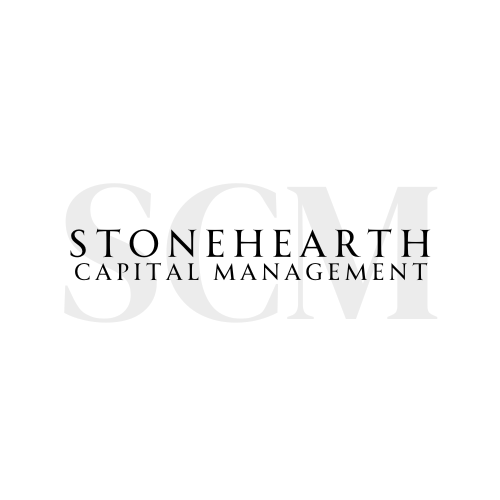Understanding the Benefits of Qualified Charitable Distributions - QCDs
As you plan for your IRA withdrawal strategy, you may be considering ways to minimize your tax burden and maximize your charitable giving. One option that can help you achieve both goals is a qualified charitable distribution (QCD). In this article, we will discuss the benefits of QCDs and how they can be used to support your favorite charities while also reducing your taxable income.
What is a Qualified Charitable Distribution?
A qualified charitable distribution is a direct transfer of funds from your individual retirement account (IRA) to a qualified charity. This distribution can count towards your required minimum distribution (RMD) for the year, up to $105,000. This means that you can satisfy your RMD while also making a charitable contribution, without having to pay taxes on the distribution.
Benefits of QCDs
Lower Taxable Income - One of the biggest benefits of a QCD is that it can lower your taxable income. Since the distribution is made directly to a charity, it is not included in your taxable income for the year. This is beneficial for individuals who are not able to itemize their deductions, as they can still receive a tax benefit for their charitable giving.
Avoiding Taxes on Inherited IRAs - If you have inherited an IRA from a loved one, you may be subject to taxes on the distribution. However, if you choose to make a QCD from the inherited IRA, you can avoid paying taxes on the distribution. This can be a great way to support a charity while also minimizing the tax burden on your inherited assets. FYI: You still need to be at least 70 ½ years old.
Supporting Your Favorite Charities - By making a QCD, you can support your favorite charities while also receiving a tax benefit. This is a great way to give back to your community and make a positive impact on the causes that are important to you.
How to Make a Qualified Charitable Distribution
In order to make a QCD, you must be at least 70 ½ years old and the distribution must be made directly from your IRA to the charity. You will also need to fill out a qualified charitable distribution form provided by your IRA custodian. This form will specify the amount of the distribution and the charity it will be sent to.
Some custodians allow individuals to add checkwriting to their IRA in order to make QCDs easier.
Things to Consider about a Qualified Charitable Distribution
There is a quirky rule the IRS has known as “first-dollar-out rule”. The IRS requires the QCDs to be processed prior to taking any distributions for yourself or any Roth conversions. Individuals need to make sure they have completed all of their charitable giving before processing their required minimum distributions.
The qualified charity must be a 501(c)(3) organization and eligible to receive tax-deductible charitable contributions.
Custodians do not keep track of what was donated to charities on your tax form 1099-R. They report all distributions as a normal taxable distribution. The individual is required to keep their own records.
IRA distributions are reported on line 4 of the 1040 tax form. In box 4a the total amount of IRA distributions are reported, while in box 4b the QCD amount is subtracted, and next to 4b the IRS suggests writing “QCD”.
Conclusion
Qualified charitable distributions can be a valuable tool for individuals looking to support their favorite charities while also minimizing their tax burden. By understanding the benefits of QCDs and how to make them, you can make informed decisions about your retirement planning and charitable giving.
QCDs is a great subject to bring up with a financial advisor. If you don’t have one but want to work with one then feel free to reach out to us to schedule a complimentary appointment, or you can do a search for financial advisor near me to find one who can help. Please remember that nothing referenced in this paper should be construed as tax or legal advice.



